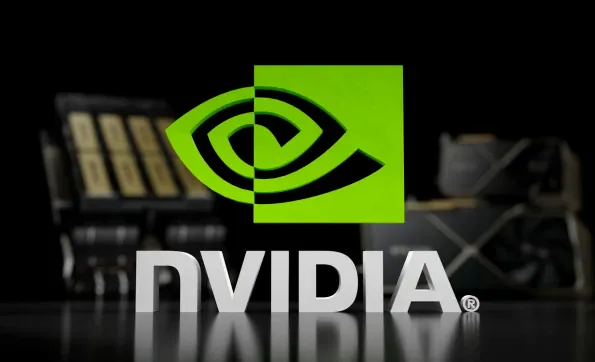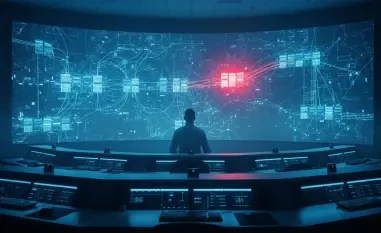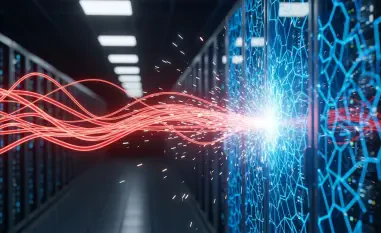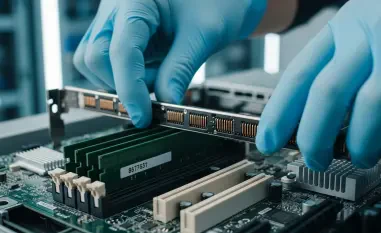NVIDIA has introduced “Garak,” a groundbreaking Generative AI Red-teaming & Assessment Kit designed to analyze and mitigate vulnerabilities in Large Language Models (LLMs). As LLMs become increasingly integral to artificial intelligence, their powerful text-generation capabilities expose them to significant risks, such as prompt injection, model poisoning, data leakage, hallucinations, and jailbreaks. These vulnerabilities carry substantial threats, including reputational damage, financial loss, and societal harm, making a secure deployment environment essential.
The Need for Advanced Security Measures in LLMs
Persistent Challenges with Traditional Methods
Traditional methods to address LLM vulnerabilities, including adversarial testing, red-teaming exercises, and manual prompt engineering, have often proved limited in scope and highly labor-intensive. These techniques demand specialized domain expertise, which creates a bottleneck in the vulnerability assessment process. Adversarial testing involves designing adversarial inputs to trick AI models into making errors, but this requires extensive knowledge of the model’s structure and potential weaknesses. Similarly, red-teaming exercises simulate attacks on the model, but this approach is resource-intensive and often misses subtle, less obvious vulnerabilities. Manual prompt engineering, meanwhile, involves handcrafting inputs to test the model’s reactions, a time-consuming and painstaking process.
Given these challenges, NVIDIA recognized the need for a more automated and streamlined solution to vulnerability assessment. Enter Garak, a tool designed to overcome the limitations of traditional methods by offering a comprehensive and accessible approach. Garak automates various aspects of vulnerability identification, classification, and mitigation, thereby alleviating the need for intensive labor and specialized skills. This automation enables more thorough and efficient assessments, empowering organizations to better secure their AI models against evolving threats.
Comprehensive Vulnerability Assessment with Garak
Garak employs a multi-layered approach involving three primary steps: vulnerability identification, classification, and mitigation. The first step, vulnerability identification, uses static analysis to examine the model’s architecture and training data, identifying potential weaknesses stemming from the model’s design. This is complemented by dynamic analysis, which involves using diverse prompts to simulate interactions and unearth behavioral vulnerabilities. By analyzing the model in a more holistic manner, Garak can detect issues that may not be apparent through traditional static methods alone.
Adaptive testing constitutes the third component of Garak’s vulnerability assessment strategy. This technique leverages machine learning to iteratively refine the testing process, continuously improving its capacity to unearth hidden vulnerabilities. The adaptive nature of this testing allows Garak to stay ahead of emerging threats, ensuring that models remain robust and secure over time. Once vulnerabilities are identified, they are categorized based on their impact, severity, and potential exploitability, enabling a structured approach to risk management. This categorization ensures that the most critical vulnerabilities are addressed promptly, minimizing the risk of significant damage.
Key Components of Garak’s Architecture
The Multi-Functional Design of Garak
Garak’s architecture consists of several pivotal components: a generator for model interaction, a prober to craft and execute test cases, an analyzer to process and assess model responses, and a reporter that delivers detailed findings and suggested remedies. The generator is responsible for interacting with the model under assessment, initiating the sequence of actions required to identify vulnerabilities. It generates probing inputs designed to test the model’s response to various scenarios, effectively simulating real-world interactions.
The prober plays a critical role in the vulnerability assessment process by crafting and executing specific test cases based on the inputs generated by the generator. This component systematically tests the model’s reactions to different prompts, uncovering weaknesses that could potentially be exploited. The analyzer then steps in to process and assess the model’s responses to these test cases, identifying patterns of failure and specific points of vulnerability. This multi-functional design streamlines the assessment process, reducing the need for specialized expertise and enabling more efficient security evaluations.
Automating the Assessment Process
The final component in Garak’s architecture is the reporter, which compiles the findings of the analyzer into comprehensive reports. These reports include detailed descriptions of identified vulnerabilities, their potential impact, and recommended mitigation strategies. The reporter provides actionable recommendations, such as refining prompts to counter malicious inputs, retraining models to enhance resilience, and implementing output filters to block inappropriate content. This systematic approach ensures that vulnerabilities are not only identified but also effectively addressed.
By automating the vulnerability assessment process, Garak reduces the burden on human experts and ensures a more consistent and thorough evaluation of LLMs. This automation not only speeds up the assessment process but also enhances the accuracy and reliability of the findings. Consequently, organizations can deploy AI models with greater confidence, knowing that potential vulnerabilities have been identified and mitigated effectively.
The Impact and Future of Garak
Enhancing LLM Security and Reliability
NVIDIA’s Garak represents a significant advancement in securing LLMs against potential vulnerabilities. By automating the assessment process and providing concrete mitigation strategies, Garak enhances the security of LLMs and ensures more reliable and trustworthy outputs. The comprehensive approach adopted by Garak makes it a valuable resource for organizations utilizing LLMs, marking a pivotal advancement in the protection of AI systems. The introduction of Garak sets a new standard for evaluating and mitigating vulnerabilities in AI models, paving the way for more secure implementations of this transformative technology.
Future Directions and Potential
NVIDIA has unveiled “Garak,” an innovative Generative AI Red-teaming & Assessment Kit, specifically created to identify and address vulnerabilities in Large Language Models (LLMs). As LLMs become more vital to artificial intelligence, their ability to generate text carries significant risks. These risks include prompt injection, model poisoning, data leakage, hallucinations, and jailbreaks, which can lead to severe consequences such as reputational damage, financial losses, and social harm. The growing importance of LLMs in various fields makes it crucial to deploy them in secure environments. Garak’s purpose is to ensure these models operate safely by thoroughly examining and mitigating potential threats. By providing a comprehensive analysis of LLM vulnerabilities, it aims to enhance the security and reliability of AI systems. NVIDIA’s Garak represents a significant step forward in safeguarding artificial intelligence technology from its inherent risks and ensuring its trustworthy use in different applications.













